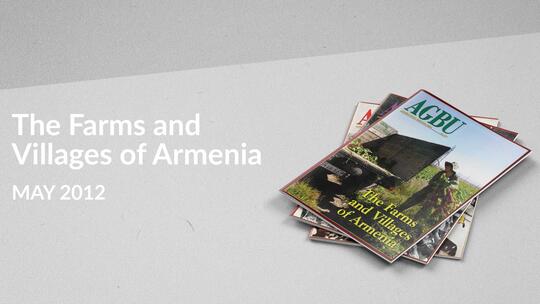Life in Meghri is not as sweet as honey, as the name of Armenia’s southernmost town would suggest, nor is it as satisfying as the taste of locally grown fruit.
Spring reaches Armenia first in the “honey town” but this year it was not the coming of the season, but the coming of parliamentary elections that made residents eager for the passing of winter. Why? The only time authorities in the capital remember this part of their republic is during a campaign season, locals say.
Politicians come, give promises, then go to forget again, say bitter residents.
